| Abstract: Hyperspectral imaging (HSI) classification is a critical tool with widespread applications across diverse fields such as agriculture, environmental monitoring, medicine, and materials science.Due to the limited availability of high-quality training samples and the high dimensionality of spectral data, HSI classification models are prone to overfitting and often face challenges in balancing accuracy and computational complexity. Furthermore, most of HSI classification models are mono-modal, where it solely relies on spectral-spatial data to learn decision boundaries in the high dimensional embedding space. To address this, we propose a general-purpose Semantic Spectral-Spatial Fusion Network (S3FN) that uses contextual, class-specific textual descriptions to complement the training of an HSI classification model. Specifically, S3FN leverages LLMs to generate comprehensive textual descriptions for each class label that captures their unique characteristics and spectral behaviors. These descriptions are then embedded into a vector space using a pre-trained text encoder such as BERT or RoBERTa to extract meaningful label semantics which in turn leads to a better feature-label alignment for improved classification performance. To demonstrate the effectiveness of our approach, we evaluate our model on three diverse HSI benchmark datasets — Hyperspectral Wood , HyperspectralBlueberries, and DeepHS-Fruit and report significant performance boost. Our results highlight the synergy between textual semantics and spectral-spatial data, paving the way for further advancements in semantically augmented HSI classification models. |

